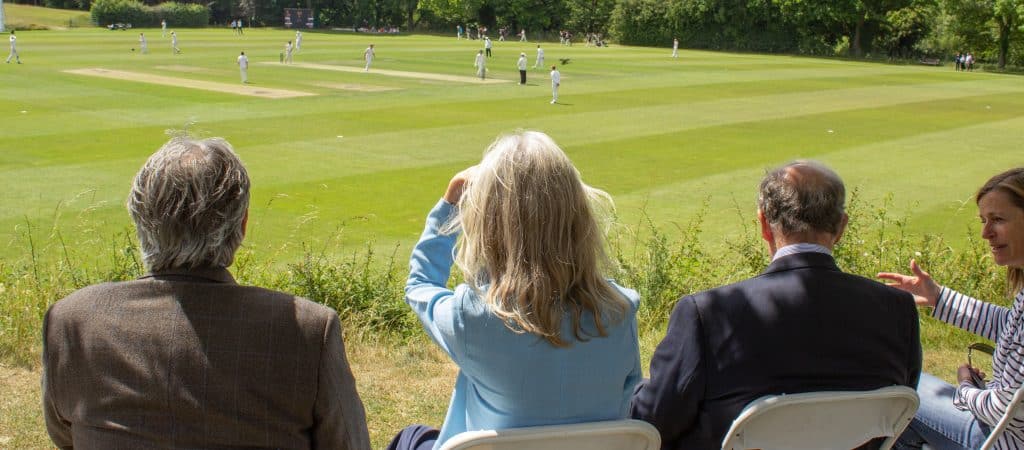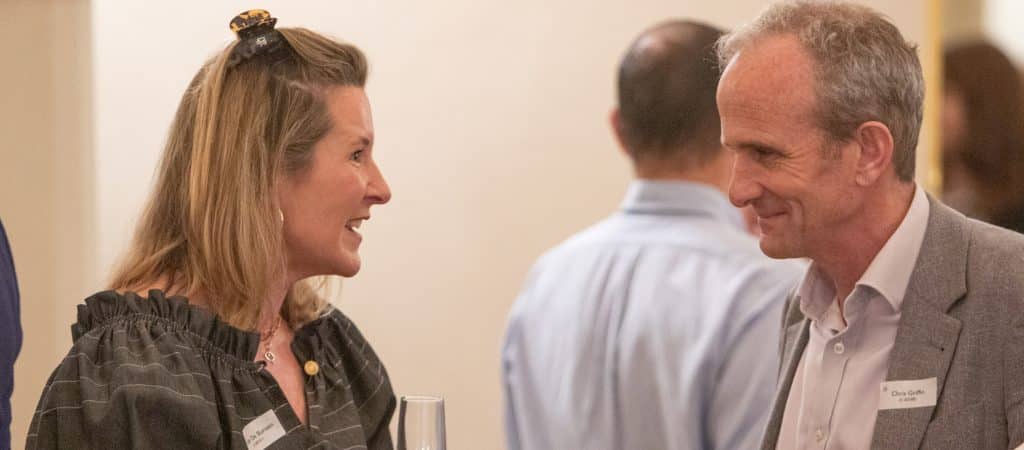Over the many years of its history, Bradfield’s Officer Training Corps, the Junior Training Corps from 1941, has conducted many imaginative and demanding training exercises. One of the most thrilling occurred during the summer of 1946, when seven agents of the JTC’s Intelligence Section were tasked with breaking a ring of hostile spies which stretched from North Wales to Sussex. The spies, who were also drawn from the school, were deeply embedded in British society and were well placed to pass sensitive information across the Channel to a hostile power.
The spy-catching operation was directed by the Intelligence Section’s ‘backroom boys’ from a London flat. Bradfield’s seven agents were relaxing at home during their summer holidays when activated and they immediately set out to neutralise the enemy cell, hitch-hiking in uniform but switching into civilian clothes as they closed in. Armed with dummy .45 calibre revolvers, their first mission, to recover classified maps held by a woman in Marylebone High Street, London, was easily accomplished.
They were then led to their second target, a glamorous young woman living in a country house near Evesham, by messages concealed in a curtain found at 52 High Street, Oxford. She proved extremely difficult to locate, but when traced, two agents watched her house from a tree they had climbed in the garden. Once she had returned from having her hair done in Cheltenham, the Bradfield agents stormed the house, overcoming the guards after a short but fierce gun battle. The beautiful enemy spy was locked in a pantry while the agents recovered a bundle of documents vital to national security.
Subsequent missions did not always proceed flawlessly, but complications were inevitable given the unpredictable nature of espionage work and the limited intelligence available to the Bradfieldians. Near Conwy Castle in North Wales, in search of two spies, the agents nearly attacked a farm which they had erroneously identified as their lair. A disastrous confrontation with a potentially irate farmer and his wife was avoided by a chance encounter with the spies, themselves in search of the JTC agents. The leader of the spy ring, ‘the man at the top – the brains behind it all’, now intervened to ensure the success of a plot to blow up the bridge spanning the River Conwy at Tal-y-Cafn. After a nail-biting series of manoeuvres and counter-manoeuvres, a spy climbed along the bridge’s girders, laid two explosive charges and detonated them, before being shot by a JTC operative.
After six days of mentally and physically exhausting travel, pursuit of clues, deceptions, and cat-and-mouse chases, the exercise was called off that evening. Spies and agents, former bitter enemies, were reconciled over a meal together. They swam in the River Conwy, built a fire, and watched the turn of its tide.
This extraordinary spy hunt is recorded in the ‘Bradfield Chronicle’ vol. I, no. 3, July 1946, 64-65. The participants can be identified from a photograph donated to the College by Captain Michael Halsted (1934-38), an Assistant Master (1944-46). He and Headmaster J.D. Hills likely played leading roles in the organisation. It would be wonderful if any Old Bradfieldians could shed further light upon the event or share reminiscences and images relating to other JTC activities.





